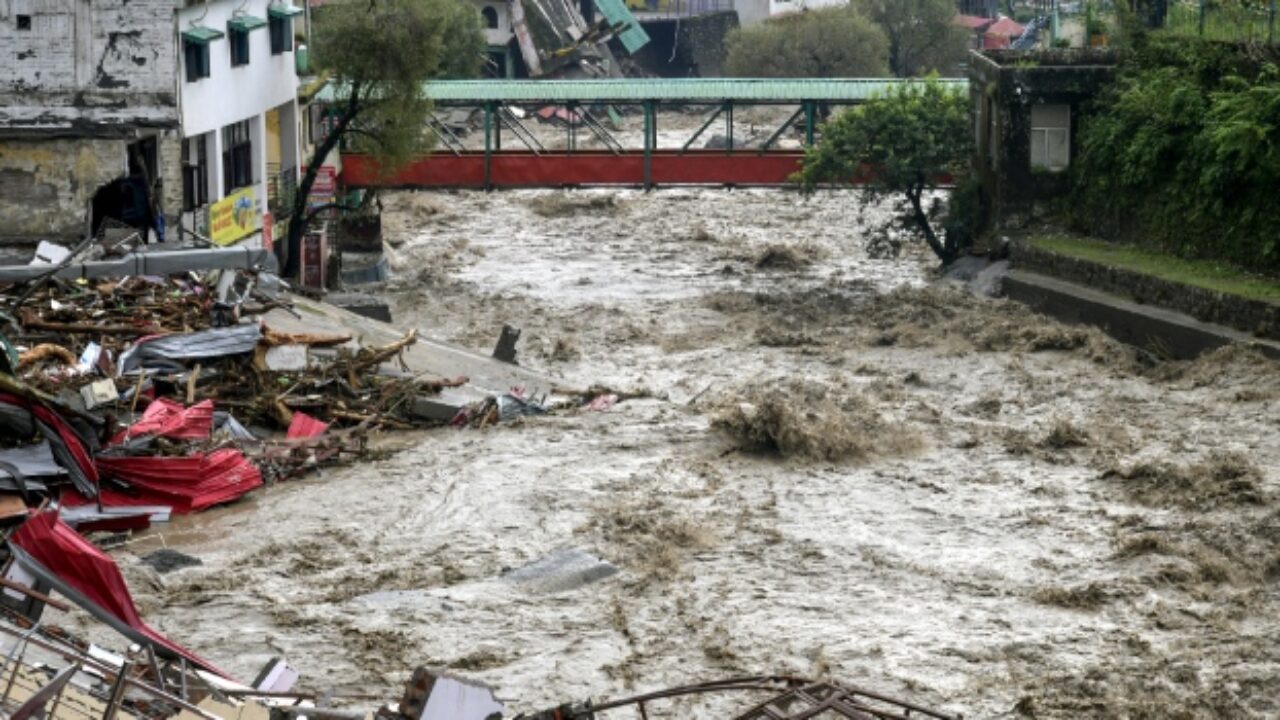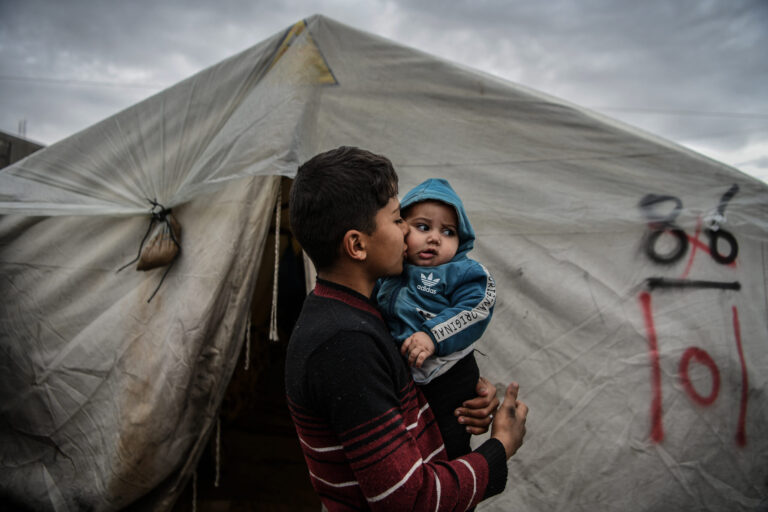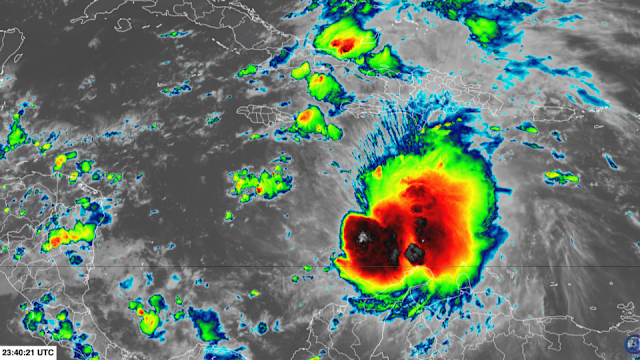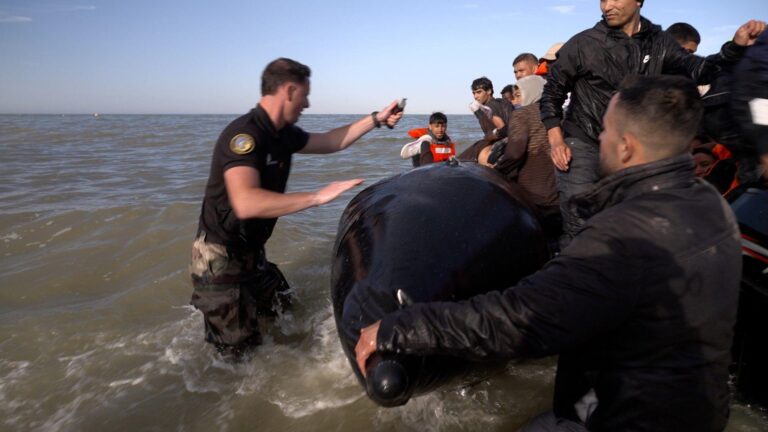South Asia Monsoon: Climate Change’s Dangerous Impact On Lifeline Rains
South Asia Monsoon: Climate Change’s Dangerous Grip on Lifeline Rains
September 26, 2025
Damaged buildings are seen along the swollen Tamsa River after a cloudburst in India’s Uttarakhand state, September 16, 2025.
South Asia’s monsoon rains, vital to more than a billion people, are becoming increasingly unpredictable and deadly as climate change intensifies their extremes. Weak infrastructure across the region further amplifies the damage.
For centuries, farming, water supply, and hydropower have depended on the monsoon cycle. But scientists warn that climate change is disrupting the delicate balance — stretching dry spells and compressing rainfall into sudden, violent bursts.
What is the Monsoon?
People wade through a flooded street after heavy rainfall in Karachi, August 19, 2025.
The word “monsoon” comes from the Arabic mausim, meaning “season.” It describes a shift in wind patterns caused by differences in land and sea temperatures, a phenomenon seen in various parts of the world.
In South Asia, the Southwest Monsoon begins in late May over southern India and gradually advances north until September. By October, the Northeast Monsoon takes over, bringing rains to southern India and Sri Lanka from moisture gathered over the Bay of Bengal.
How Is It Changing?
Residents inspect debris and a damaged vehicle after flash floods in Mingora, northern Pakistan, August 16, 2025.
“Climate change is beginning to reshape the behaviour of the Indian monsoon,” India’s government warned this year, pointing to longer dry gaps and more intense wet spells.
According to the India Meteorological Department, extreme daily rainfall events increased by about 75% between 1950 and 2015. Nearly half of the season’s rain now falls within just 20 to 30 hours.
In Pakistan, the monsoon arrived earlier than usual this year. Torrential rains in late June and throughout August left the country with 50% more rainfall than last year, according to disaster authorities.
What Role Does Climate Change Play?
Locals stand near destroyed houses and vehicles after flash floods in Kishtwar district, August 15, 2025.
The monsoon’s full response to climate change remains complex. But experts agree that warmer seas and a hotter atmosphere mean more moisture in the air — and heavier downpours.
“So when it rains, it pours,” explained Agus Santoso of the Climate Change Research Centre at the University of New South Wales.
Weather cycles such as El Niño and La Niña, themselves shifting under climate change, add further unpredictability. Sparse monitoring in much of the Indian subcontinent also limits scientists’ ability to track and forecast evolving trends.
Human and Economic Impact
A man wades through floodwaters in Roshi village, Nepal’s Kavre district, September 30, 2024.
Floods and landslides have always been part of South Asia’s monsoon season. But the scale of destruction has surged in the last decade.
In India’s Punjab, rainfall this year exceeded averages by nearly two-thirds, damaging crops and threatening the country’s food supply. Irregular rains also disrupt soil health and irrigation, with ripple effects across agriculture-dependent economies.
In Pakistan, over 1,000 people have died this monsoon season — nearly triple last year’s toll — while mass evacuations continue in Punjab province. Stagnant floodwaters raise disease risks and strain health systems, while displacements interrupt livelihoods and education.
Other Worsening Factors
A delivery rider pushes his bike through floodwaters in Lahore, August 30, 2025.
Beyond climate change, human activity magnifies monsoon risks. The International Centre for Integrated Mountain Development points to deforestation and accelerated glacier melt, both of which weaken slopes and fuel landslides.
Meanwhile, unplanned highways, railways, and dams cut into fragile mountainsides without sufficient environmental safeguards.
“Rapid, unplanned development, river-channel modifications, and poorly designed infrastructure are destabilising slopes and blocking natural drainage,” said Anjal Prakash of India’s Bharti Institute of Public Policy.




